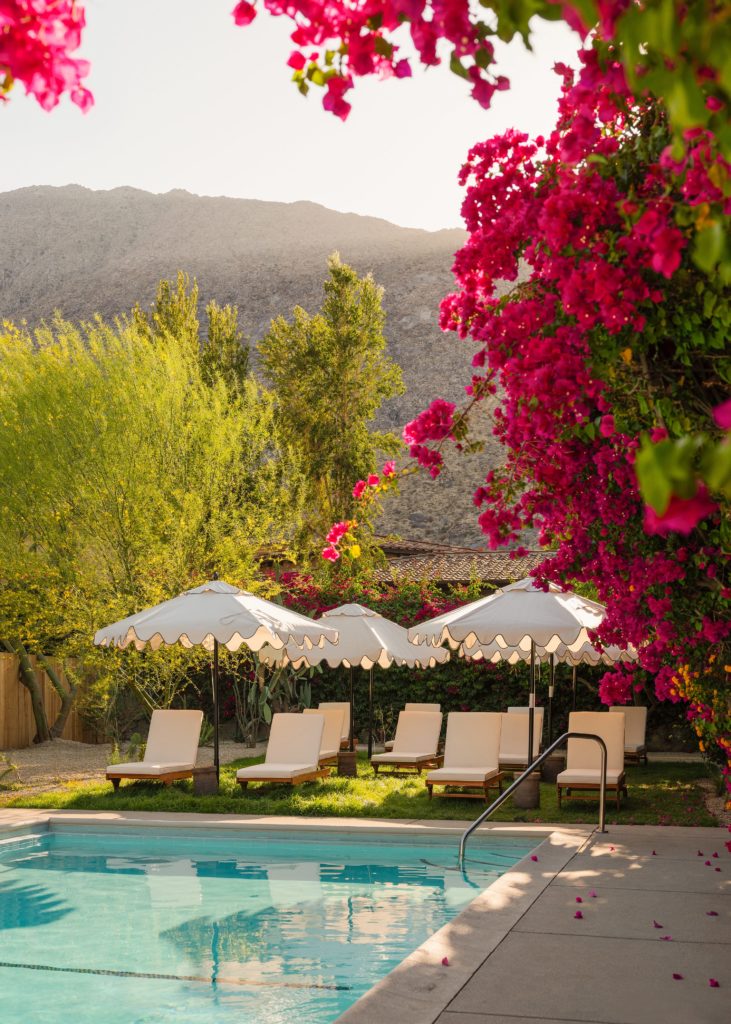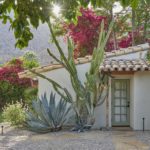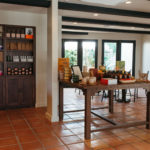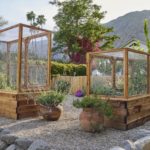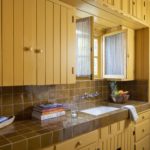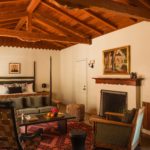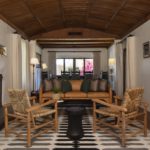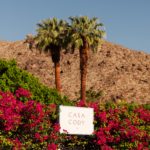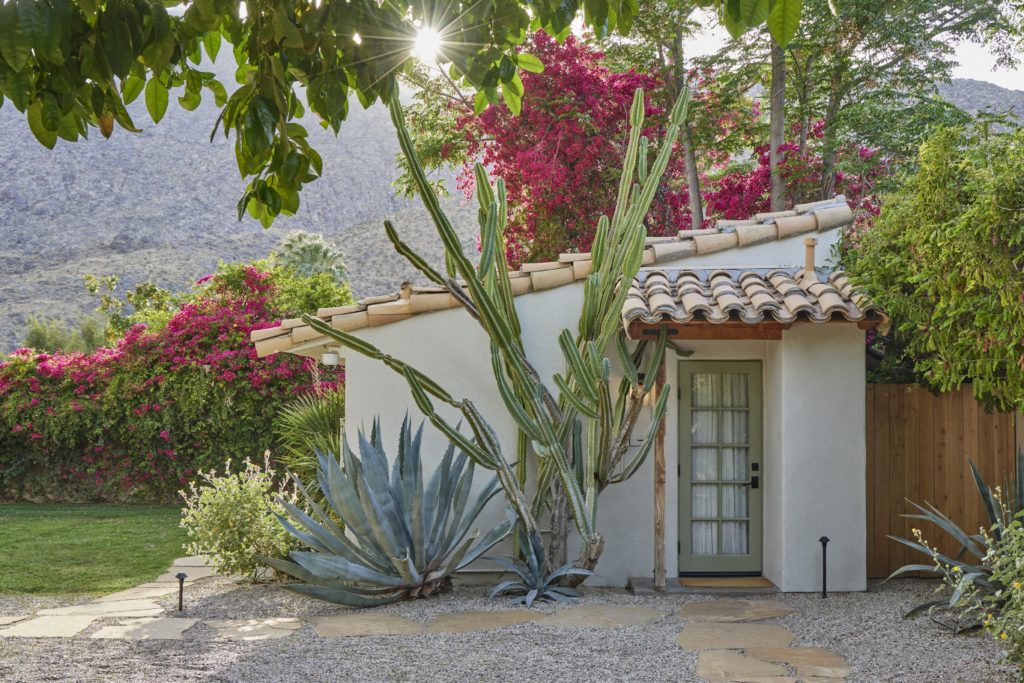Deep Palm Springs Roots
Author:Jessica RitzThe sensitive renovation of Casa Cody by Electric Bowery honors the property’s storied past while updating its historic spaces for today’s desert-loving guests
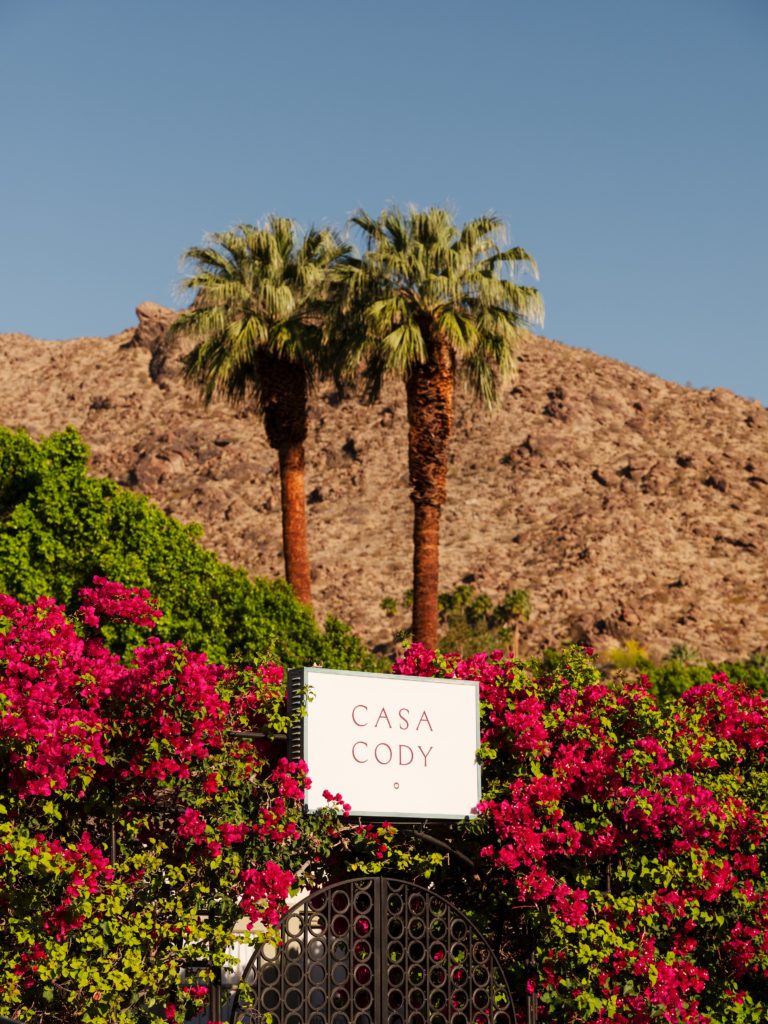
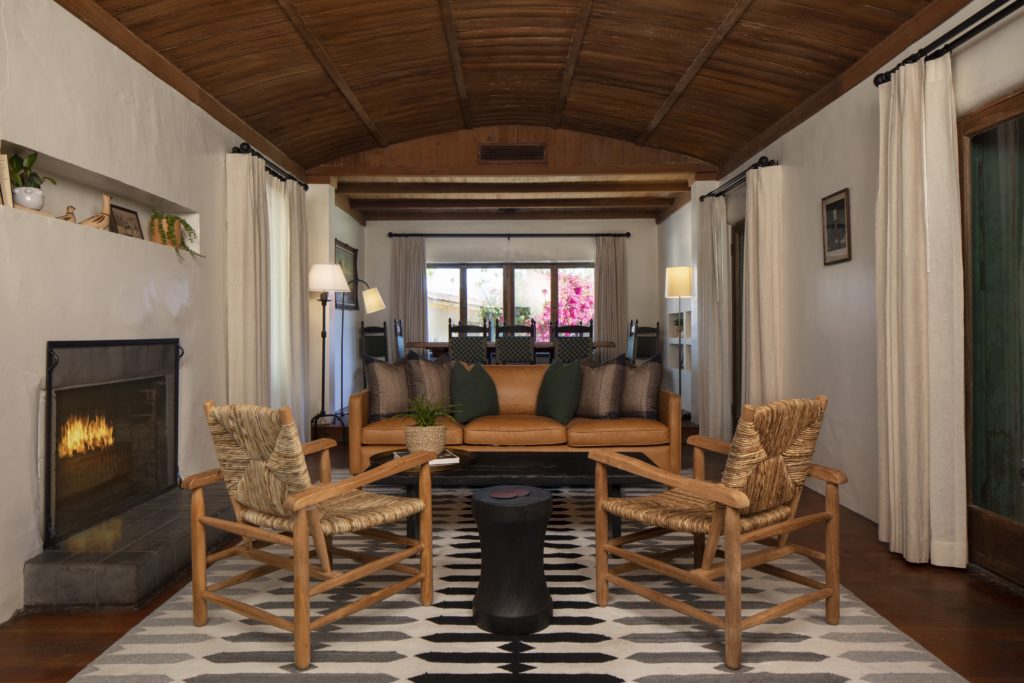
It’s easy to believe history in Palm Springs starts around 1950 and not think much beyond its ties to mid-century modernism. But unsurprisingly, there’s much more to the town’s past. And its ever-evolving hospitality offerings don’t always have to mean preserved-in-amber Mad Men era interiors, Rat Pack references, and martinis.
Following a multi-year sensitive transformation by independent boutique hotel group Casetta, Casa Cody gives visitors as an authentic Palm Springs experience as can be had in any place designed by Donald Wexler or Palmer & Krisel, albeit from a different era. A stay at the revamped 30-key Casa Cody compound — which is the oldest continually operating hotel in Palm Springs — seductively taps into the city’s early roots within the Historic Tennis Club neighborhood.
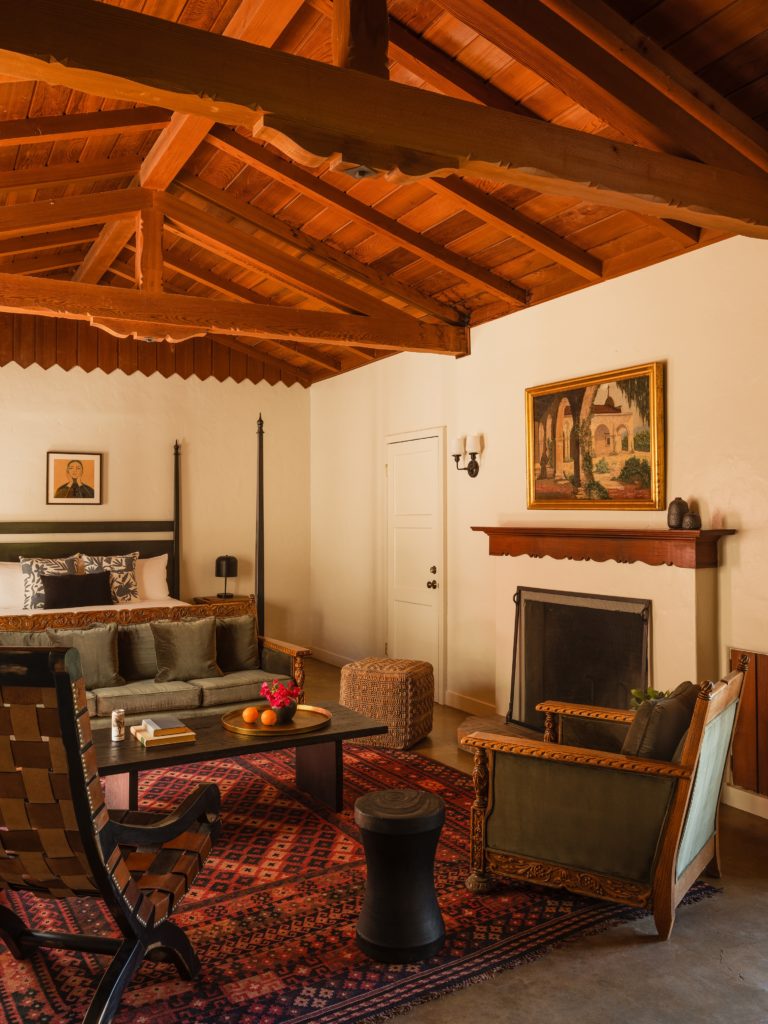
Venice-based design firm Electric Bowery updated all guest rooms and suites, along with accommodations in Casa Cody’s four standalone structures, quietly enhancing the existing architecture without distracting from the early twentieth century California rancho vibes. After all, there’s wisdom in this architecture of these buildings that were constructed over multiple decades (Features like adobe walls and terra cotta tile flooring help keep the rooms cool in the peak summer heat.) Deep green zellige tile, leather sofas, rust hued velvet headboards, vintage pieces, and other elements balance old and new.
Electric Bowery’s team dug into the rich narrative starting point, given that Casa Cody’s story merits a work of historical fiction or a screenplay. It involves an East Coast-raised Vassar girl who moved west with her architect husband who suffered from tuberculosis, eventually making their way from Los Angeles to Palm Springs in 1916. After Harold Bryant Cody’s death in 1924, his widow Harriet ran a successful livery stable, eventually purchasing land and becoming a hotelier who hosted intrepid travelers, a group that included literary figures and Hollywood stars.
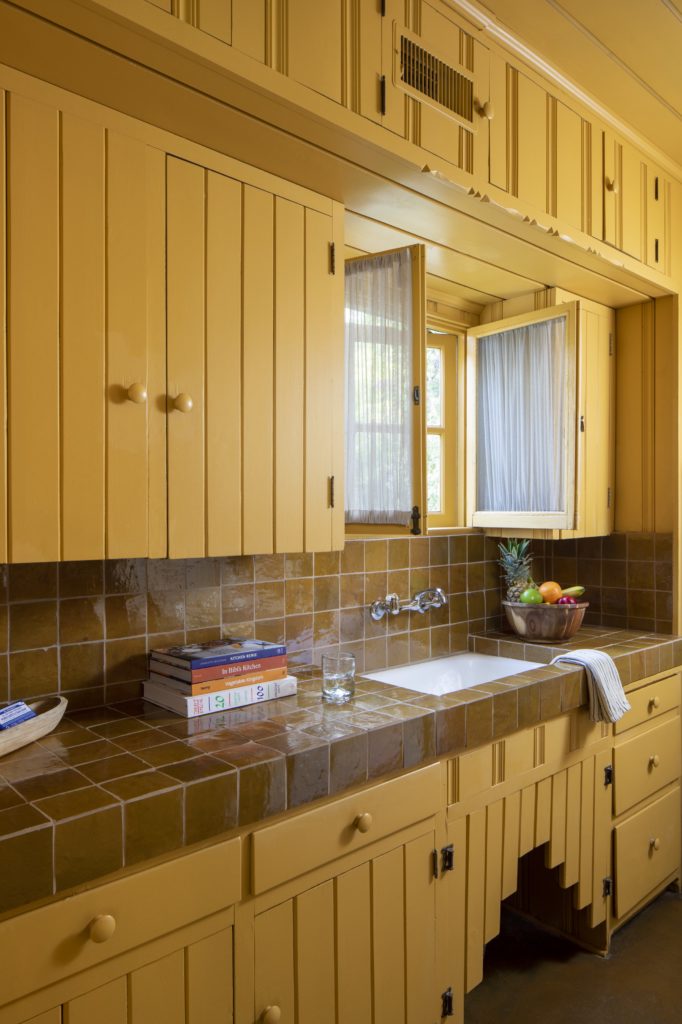
The one-and-half-acre site composed of four parcels showcase classically romantic Spanish Colonial Revival Ranch style buildings — including work by famed Los Angeles architect Myron Hunt — with deep porticos centered around multiple gardens. The configuration and two swimming pools, as well as multiple private patios attached to certain rooms, allow for both privacy and socializing.
The century-plus-old Adobe House sits on the South Lawn, tucked behind the stucco walls at the intersection of Arenas and Cahuilla Road. Harriet’s Cottage also reflects how Anglo desert dwellers chose to live and adapt to the climate before it became a well-established resort destination. The more lavish Winter’s House originally built during the 1930s and relocated to the Casa Cody North Lawn in 2004 is the dreamy design stuff of the California dream (and myths).
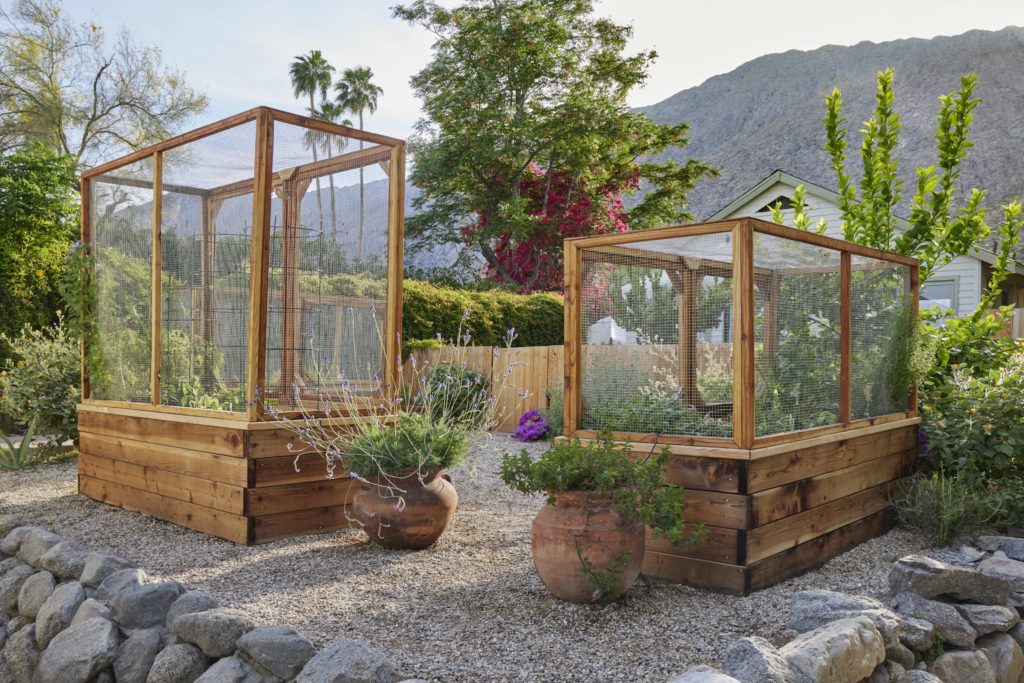
Large studios and one-bedroom suites come equipped with kitchenettes and kitchens that are also stocked with cookbook selections from L.A. favorite Now Serving. For those who want to slip into full vacation mode, the recently completed Marketplace offers fresh, casual daytime fare, along with wine and cocktails. The Casetta team ensured that the goods available for sale are on-brand, whether it’s the postcards printed with historic Casa Cody photos, handmade ceramic citrus juicers, or Roen desert-inspired scented candles.
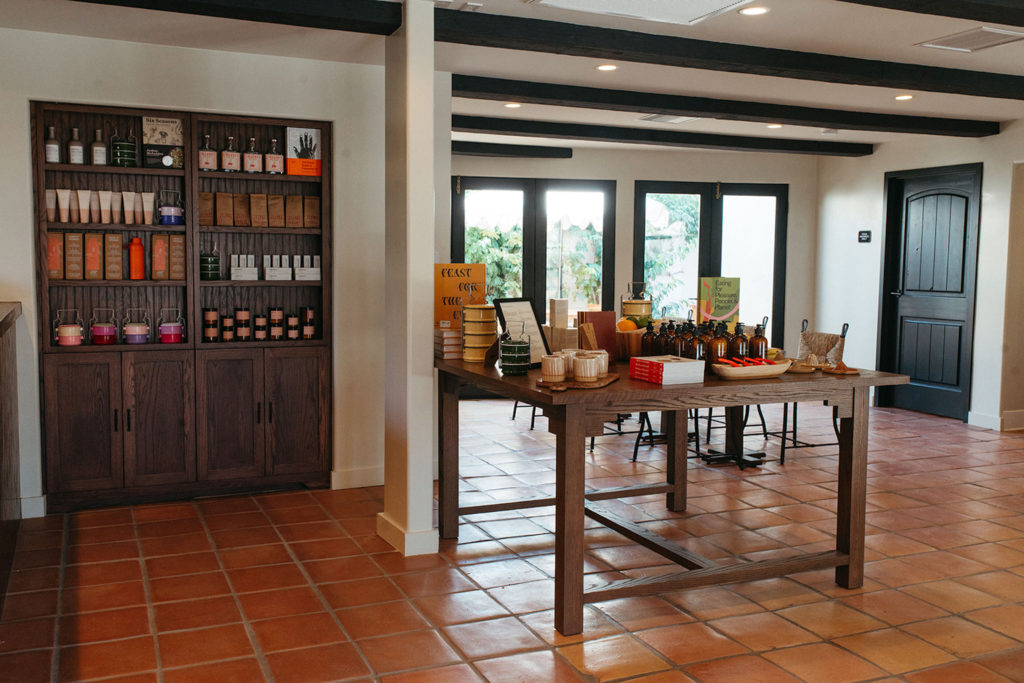
In-demand landscape design studio Terremoto added subtle enhancements to the grounds that are already populated with mature citrus trees and various heritage plantings. A new edible garden is situated in front of the clapboard Olympic House (relocated from Los Angeles after the 1932 Olympics) and is all the more scenic thanks to the majestic view of the San Jacinto mountains standing towards the west.
